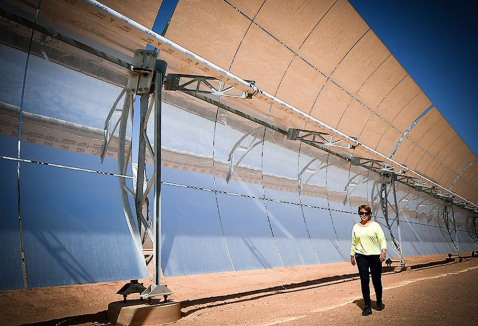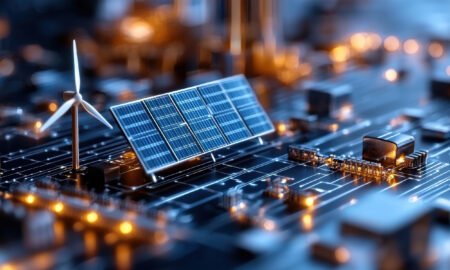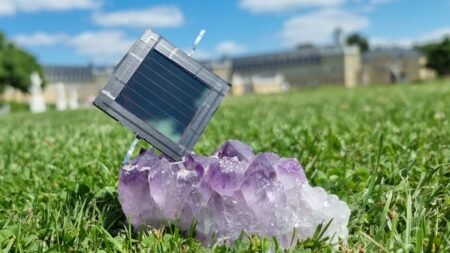Eventually, the country’s solar energy agency would like to export its renewable power to countries in the Middle East and Europe.
Next month, Morocco will be taking the first step toward becoming the world’s solar energy superpower. That’s when the first phase of a planned renewable energy plant will go online under the Saharan sun outside the city of Ouarzazate.
“We are very proud of this project,” Morocco’s environment minister, Hakima El Haite, told The Guardian. “I think it is the most important solar plant in the world.”
The planned solar energy mega-complex, which will eventually include hydro and wind plants, will cover roughly the same area as the country’s capital, Rabat, and provide half of Morocco’s electricity by 2020. The solar plant alone is expected to produce enough electricity to power 1 million homes.
The first phase of the project, called Noor 1, involves the installation of 500,000 solar mirrors along 800 rows that follow the sun as it moves across the sky. Unlike rooftops across the world that use photovoltaic panels, Noor 1 uses mirror technology, or concentrated solar power, which is more expensive but allows the system to continue producing energy after the sun goes down.
The mirror panels focus heat on steel pipes filled with a special synthetic thermal oil solution that gets pumped to a heat tank lined with molten salts, which can store the heat for three hours. The heated solution is then mixed with water to create steam that powers the generators that produce electricity. Eventually, when the Noor 2 and 3 plants are built, heat energy will be stored for as long as eight hours, which could provide solar energy to the region around the clock.
Eventually, the Moroccan Agency for Solar Energy would like to export its renewable power to countries in the Middle East and Europe.
“We believe that it’s possible to export energy to Europe but first we would have to build the interconnectors which don’t yet exist,” said Maha El Kadiri, a spokeswoman for the agency. “Specifically, we would have to build interconnections, which would not go through the existing one in Spain, and then start exporting.”
And that’s not far-fetched. Earlier this year, the European Union laid the groundwork for establishing cross-border infrastructures between France, Portugal, and Spain for delivering “affordable and sustainable” energy by calling on EU nations to make 10 percent of their power exportable by 2020.
“We are already involved in high-tension transportation lines to cover the full south of Morocco and Mauritania as a first step,” said Ahmed Baroudi, manager of Société d’Investissements Energétiques, the national renewable energy investment firm.
Another reason the Moroccan government is so committed to the $9 billion project, which is mainly being funded by international institutions such as the World Bank and the European Investment Bank, is to gain energy independence.
“We are not an oil producer. We import 94% of our energy as fossil fuels from abroad and that has big consequences for our state budget,” El Haite told the Guardian. “We also used to subsidize fossil fuels which have a heavy cost, so when we heard about the potential of solar energy, we thought, why not?”








